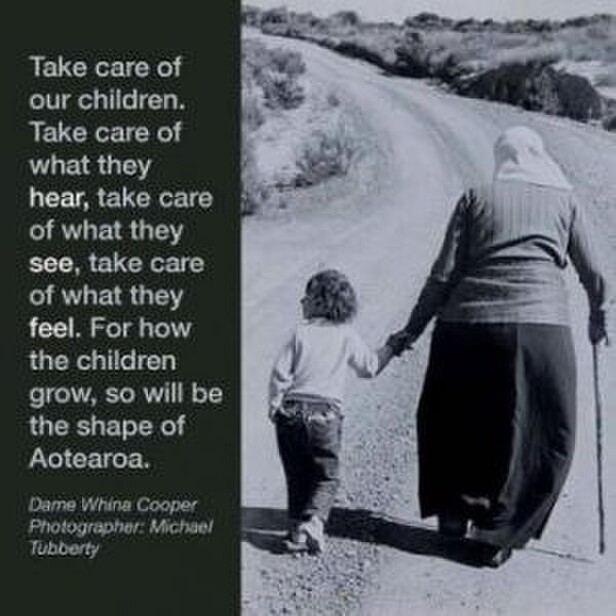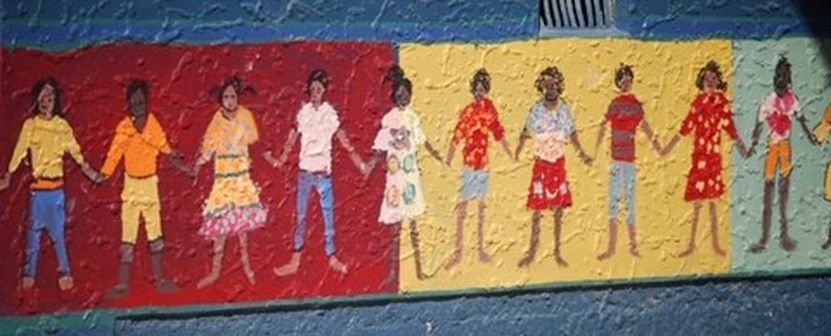
Children's Art Clubs
Allow young people to practice their 'Arts'
Dancing, singing, theatre, paint and sculpture, building, design, sciences, movie-making, writing, poetry...
Amongst other like-minded young people
Forming lasting relationships, respect and disciplines
Co-operating and corroborating on public performances and art works
A sense of belonging and contribution to the community.
Safe spaces have operated over the last 30 years called Children's Art Houses founded by Shona Hammond Boys and the NZ Children's Art House Foundation. (NZCAHF)
The philosophy of the NZCAHF is to allow children to successfully manage their own lives through The Arts. By giving young people the space to explore their talents and gifts and working together on personal and community Art Projects they are able to learn their important place in the world with satisfaction, fulfillment and pride.
Why
Our experiences and beliefs in childhood 0-7 are imprinted into our future automatically.
The ages 7-12 are the 'design' years
The formation of dreams, aspirations, goals and leadership
Children have the right to invent, discover, explore their natural curiosity.
The 'Childhood' years of exploration are up to 17 years of age
Who I am in the world, what I want to achieve and what I can contribute.
Find a sense of belonging, develop lasting friendships and life skills.
How
Communities can provide spaces for young innovators and artists to meet, practice and perform.
Spaces must be entirely for children. Stand-alone, not adult shared areas.
There must be an adult co-ordinator to assist children find the materials they need
Children will fundraise, put on exhibitions and performances.
Art Clubs have Two Rules
Love Art
Be Kind
After School Art Clubs - Innovation Hubs
for our
Future Leaders
Art is Essential, not a Luxury. It's a Basic Human Necessity.
WHAT CAN YOU DO?
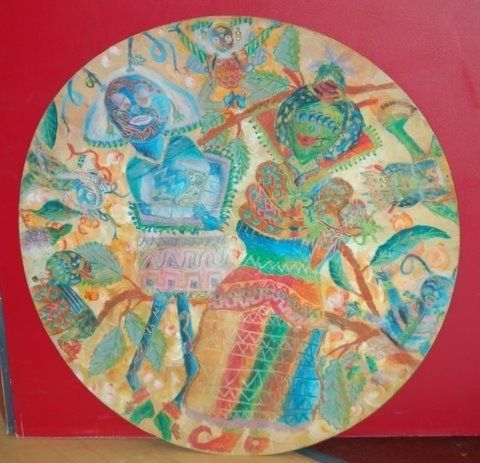
Art Club Houses
Are essential for 8 - 12 year olds, the age they determine their future, what is possible for them
Are safe, sacred spaces in every neighbourhood
Employ a co-ordinator to provide access to whatever Arts are required by club members
There are no teachers -young people cannot be taught their own passion
There are no art classes, art is not taught, it is self-explored
No adult artists work in, amongst, or share the art space
May be open all day as they attract truant school children
Hold an exhibition at the end of each term and every young person receives a certificate and acclamation for their achievements
Are self-funding with community support and members fundraise, fees may be paid or sponsorship for those who can't.
Are ideally not on school grounds to avoid judgement and assessment
May hold school holiday workshops, exhibitions, shows, concerts
Clubs may visit each other and open their workshops to other clubs
Resources are sourced sustainably from going to landfill.
All young entrepreneurs, designers, scientists, are supported in any way
Ideally a city venue might hold regional events, exhibitions, workshops
Art Clubs are NOT
A corner of a gymnasium or any adult space, with some art supplies
Temporary, short-term places
Not shared with adults
Not run by adults - young people discuss their requirements, desires, intentions, with a co-ordinator who helps them access what they need
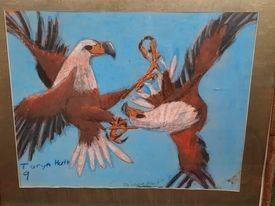
Tarryn Hunt (9)
Imagine..
A safe 'meeting house' for young people.
Imagine houses in the most vulnerable neighbourhoods with a library, assistance to learn to cook with vegetable and flower gardens. Art materials of all kinds for paint, sculpture, design. Materials for sewing, costume making, theatre sets, movie making. Musical instruments and coaches.
Walking distance from Primary schools. Young people from more affluent areas would generally be able to be transported to the art club in this area.
Sacred
Children's Art Houses are as sacred as any museum, library or church.
A gathering place for young people to practice their passions, explore their imagination, and study their Arts is an essential part of any culture . Highly proven in early childhood situations for development, it is entirely lost in the middle years and we expect our young entrepreneurs to fly with their ideas after leaving school when we clipped their wings during the school years!
STEAM
The educational model
Science
Technology
Engineering
Art
Math
All of these skills are an art. The Arts have been removed from this model it is now called STEM. All of these skills require learning the 'Arts' of discipline and imagination.
Space to Dream, Fantasize, Design a New Future
“If you want your children to be intelligent, read them fairy tales.
If you want them to be more intelligent, read them more fairy tales. ― Albert Einstein
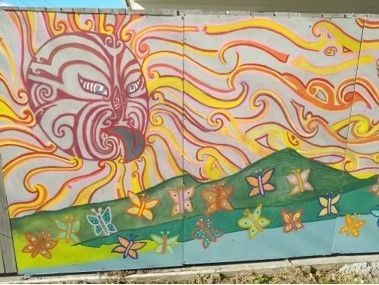
What are the Arts?
The arts are present in everything we make to please our senses.
“to form, take shape, take on a particular or “specialized” shape, and that shape is a work of art. A governing mechanism which can only be ignored at our peril. Without which civilization loses its balance and topples over into social and spiritual chaos.”
We “form” (design/create) teams, clubs, pictures and poems. That shape is a work of art. Music, poetry, furniture, even shoes or dresses.
Education Through Art – Herbert Read
Developing Skills
Everything that uses our "hands, head and heart" is an Art. We used to make everything:
our clothes, trace, cut patterns
embroidery, smocking, weaving
sewing, dolls clothes, costumes
knitting, crotcheting, spinning
gardening, horticulture
harvesting, sowing, planting
cooking, baking,
mechanics, engineering
building, architecture, design
farming, animal care
woodwork, carving
leatherwork, design
music, singing, choir, opera
dance, hip hop, ballroom, kapa haka
theatre, costumes, stage design
Jewellery & costume making
writing songs, novels, poetry, films
recording music
We've Lost the 'Art"
After several generations of everything being given to us and not made by us we've lost the satisfaction, fulfillment, pride, joy, that 'creating' used to give us.
Now we have generations of people who are unsatisfied, unfulfilled, lack self-esteem, and have little joy of life. Teenagers who cannot find a reason to be alive anymore.
Everyone in the community used to have their 'Arts' that they were known and revered for. We all made something that was enjoyed by the whanau, community, kept us all happy, comfortable, no one was 'left out'. Everyone could contribute.
Now we don't need to 'create' our necessities but we're 'empty'.
Everyone is born with gifts. We must experiment and experience and give young people the space and opportunity to do so.
Art Clubs for Young People
Extend young people in whatever 'art' they are interested in and provide
fabrics
art paper, board
costumes
paints, pastels, pencils
Resource library
Quiet places to write, draw, design
Outdoor space to build a garden
Musical Instruments and coaches
Space for dance, theatre, movie making
Sewing, knitting, crochet volunteers
A co-ordinator who finds out what the club members would like to explore and obtain what is necessary to safely do so.
The Modern World
Young people in New Zealand are feeling hopelessness, powerlessness, despair, and have done for many generations.
There is no support for their skills and dreams.
And we want them to behave “normally”. What is their “normal”?
Has anyone ever listened to them?
Does anyone know what they want for their lives?
And as for a “peaceful” life, for some, it has not been provided for them. Even with what their childhood home life is like, their future can be reclaimed by them.
But they have to be given the space and opportunity to find out who they are and what is possible for them.
Developing an interest can change a young person’s self-image. It is very important for a young person to feel a sense of worth – via using a talent, fulfilling a goal, or developing competence in an artistic pursuit. -Read
Where is the place for finding out who you are?
Costs
Communities choose if they want their youth to be healthy.
What is the cost of despair?
By the time youth are teenagers they are beyond being inspired.
The International Child Art Foundation (icaf.org), follows young people around the world going through wars, refugees, disease and plague. They have found that young people between the age 8-12 will determine their place in the world, whatever their circumstances.
If young people have access to art, they will develop empathy for others, leadership and less need to commit crime and suicide.
Communities have to want to provide the change, provide the space, solely for the use of young people, not a corner in an adult space.
Support for the needs of youth can be manifested with true determination, foresight and co-operation. Setting examples of inter-generational, multi-cultural and entrepreneurial skills to achieve a safer and healthier future for all.
Tuturu
Tangata ako ana i te kaenga, te turanga ki te marae, tau ana
A person nurtured in the community contributes strongly to society
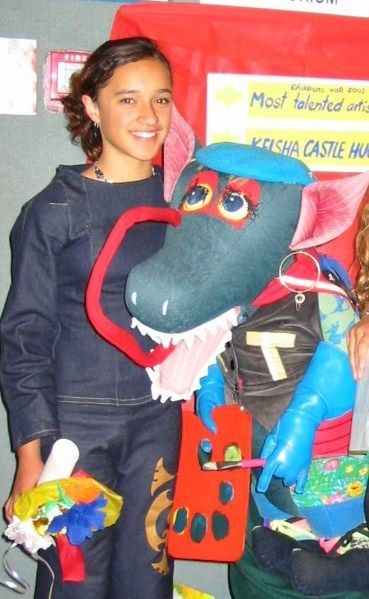
UN Convention of the Rights of the Child
Every child has the right to rest and leisure, to engage in play and recreational activities appropriate to the age of the child and to participate freely in cultural life and the arts. Member governments shall respect and promote the right of the child to participate fully in cultural and artistic life and shall encourage the provision of appropriate and equal opportunities for cultural, artistic, recreational and leisure activity. - Article 31, UN Convention on the Rights of the Child,
Proposed Aotearoa Children's Arts Council
Government and local Councils have very little knowledge of and intention to respect the rights of young people.
To make their voices heard it is proposed to find passionate and articulate youth from around Aotearoa to form a group to promote the needs and interests of our vibrant nation.
In an Arthouse
Initially young people might sit at a table with up to 10 others and a blank sheet of paper.
Some will hide under the table for the first few weeks until they are comfortable working quietly with others.
Everyone learns
Being-ship - How to be myself
Friendship - How to be with another
Citizenship - Who I am in the community
Leadership - How to support others
Partnership - How to work with others globally
Mobilization
Volunteers, retired citizens might offer to assist
To establish a library of resources
Read stories, some children will come each day just to hear them
Help young people with their garden design and building plans
Provide musical instruments and coaching
Source materials from recycling centres
Assist those who wish to learn to cook, prepare produce from the garden and nutritional meals.
